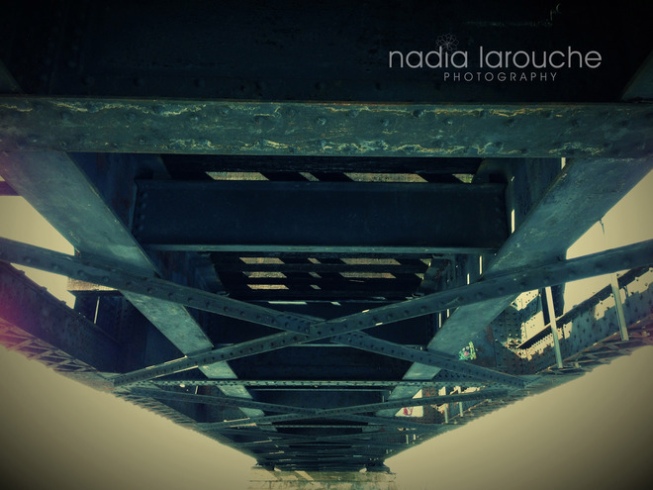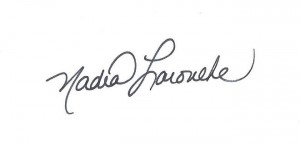
The New York Times recently published a photo by sports photographer Nick Laham. So what’s the biggie? It turns out that this specific photo, from a portrait series of the New York Yankees players, was shot with an Iphone and edited with Instagram. Eek. Boo. Hiss! The internet immediately erupted with brimstone and doomsday predictions. That’s right kids; photography is going to hell in a hand basket... again *cough, cough sarcasm*. Traditional photography is threatened, one article writes. Another claims that photographers should be worried and shocked. Pffft. Please. Ok, yes I’m new to professional photography – there’s no hiding that little pearl of truth. I am conscious of the speed at which the art is being revolutionized. Not until Kodak came along over 100 years ago has photography known such blazing change as we’ve seen in the last 10-15 years. However, I don’t think that the neither the advent of camera phones nor the fun little editing apps (Instagram et al) need be classified as inherently horrifying concepts.
Personally, I think Nick Laham’s photos are quite stunning. In his blog, he clarifies that it wasn’t his choice to use his Iphone, rather circumstances called for it. That alone makes his work more striking. He was able to use a tool at his disposal in response to a challenge yet rely on his skills gained as a “traditional” photographer – the composition is fascinating, the lighting perfect, the poses masterful… I could go on. One online writer actually claimed that skills required to make masterful shots worthy of newspaper (and one could infer magazine) covers were diminishing. I hate to repeat myself so articulately but… pffft. Yes, camera phones with their quickly advancing technologies and editing softwares (think what you will of the recent brouhaha with Instagram over copyrights) are widely available to the general populace, but that isn’t necessarily a bad thing. Nor does it spell impending doom for the art of photography as we know it. While you can make plain pictures look pretty darn spiffy at a push of an Instagram button, it’s a bit of a push to suppose the end of “traditional” photography as we know it.

The movement of Iphoneography was born out of people taking superb photos with their camera phone (or in this specific case, the Iphone camera). It is becoming quite popular with professional photographers, hobbyists and people who simply think their Iphone camera is a fun little tool. Funnily enough, this isn’t a new concept, only the technology has changed. In the 60s, an inexpensive toy camera named Diana (analog, of course) was born and primarily exported to the US and the UK (thank you Wikipedia!). While primarily used as a novelty item in places like fairs, production of the camera ended in the 70s. Some years later a cult following developed among photography enthusiasts who had a penchant for the optical aberrations and therefore charm the camera gave the photos. Out of this, Lomography was born in the 90s. Lomography has been widely accepted in the photographic art world and still has a strong following. In fact, entire art exhibitions and award-winning photos were taken with plastic “toy” cameras like the Diana camera and other similar types of cameras. This art form still exists in photography today and has not replaced mainstream photography in any way. A comparison can easily be made between lomography and Iphoneography since no great technical skill is required to operate either camera. Yet who is to say that by freeing oneself from the technical skills of aperture, shutter speed and ISO that we are not liberating ourselves to simply seeing and thereby creating art?
There are times when I get lost in the technicality of my camera and my artistry is affected by it. The reason I love taking photos with my Iphone is that I am freed from the technicalities to focus on my vision. I could argue that you are forced to rely more strongly on your artistic skills (composition, lighting, etc.) when using an instrument so devoid of technology. Artistry does not come from pushing a button, be it one of a sophisticated $10,000 piece of equipment, a plastic toy camera or an Iphone. Artistry comes from a vision. It is an expression of oneself or of something. The tool does not define the art, although in some cases it can help (or hinder) the process and end result. But that is all any camera is: a tool. Much as the clothes don’t define the man (or woman), neither does the camera necessarily have to define the photographer.
People of all walks of life are creating astonishing work with their camera phones. Why should we denigrate the art behind it simply because it lacks “technical” sophistication? It does not spell impending doom for photography and “traditional” photographers – one could say that there is no such thing as traditional photographers anymore. It may in fact be pushing the art of photography forward. I doubt that Nick Laham will hang up his DSLR, or camera of choice, any day soon in favor of his Iphone. Instead, he was able to use his phone as a tool and marry it with his existing technical skills. As a result, he landed the cover of the New York Times. And I say bravo to him.
How do you use your camera phones? Do you integrate those photos in your business? Use it for art or even only personal fun? If so, share with us your thoughts.

